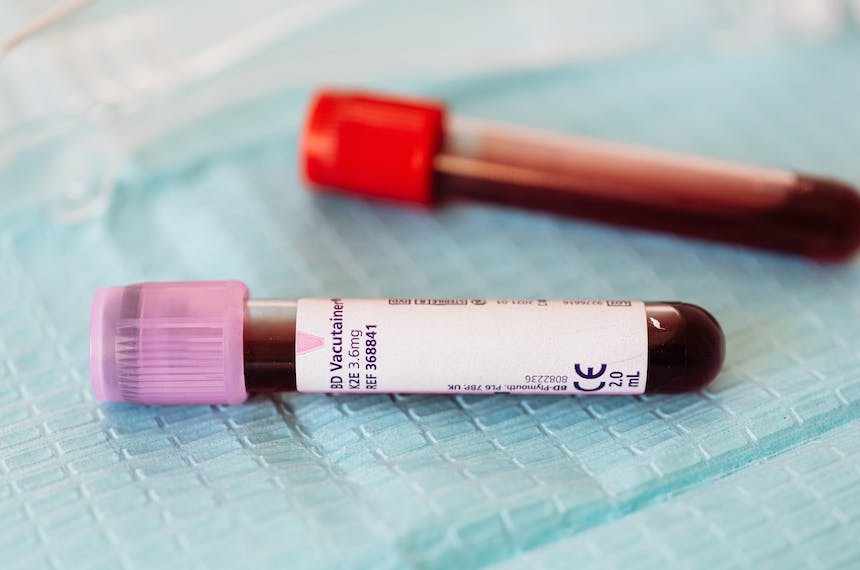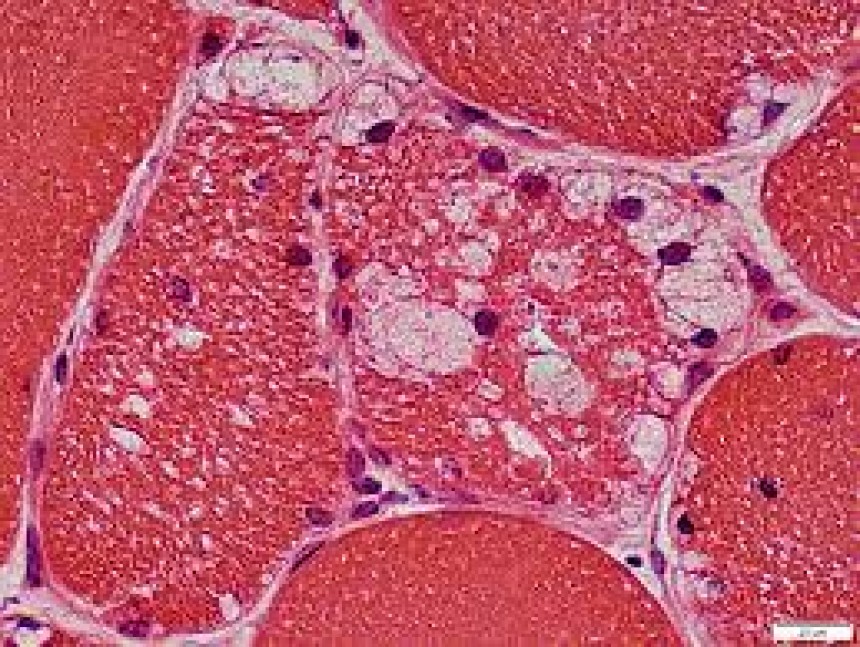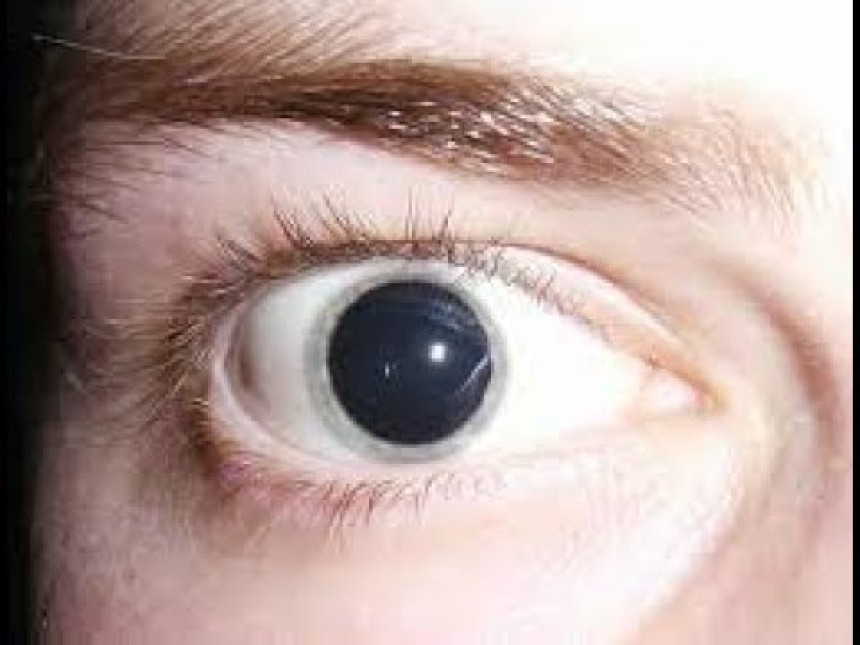
Trigeminal Autonomic Cephalalgias
This article offers a detailed exploration of Trigeminal Autonomic Cephalalgias (TACs), focusing specifically on paroxysmal hemicrania. It describes the characteristics of paroxysmal hemicrania, including its symptoms, diagnostic criteria, and response to the indomethacin test. The article emphasizes the prophylactic treatment approach due to the short and intense nature of the attacks and discusses various treatment options including indomethacin, NSAIDs, calcium channel blockers, and alternative approaches like nerve blockades and occipital nerve stimulation.
Characteristics of Paroxysmal Hemicrania
Paroxysmal hemicrania, part of the TACs group, is characterized by severe unilateral pain episodes with cranial autonomic features. It requires a brain MRI for diagnosis to rule out structural brain lesions. The indomethacin test is a robust response marker.
Treatment Approaches for Paroxysmal Hemicrania
The primary treatment for paroxysmal hemicrania is prophylactic with indomethacin being the drug of choice. The dosage and duration depend on whether the condition is episodic or chronic. NSAIDs and calcium channel blockers like verapamil may also be helpful. Alternative treatments include local nerve blockades, occipital nerve stimulation, and surgical procedures such as stellate ganglionectomy.
References
- Headache Classification Committee of the International Headache Society (IHS). The international classification of headache disorders. Cephalalgia. 2013;33:629–808.
- Vincent MB. Hemicrania continua. Headache. 2013;53:863–868.
- Costa A, et al. The neuropharmacology of cluster headache and other trigeminal autonomic cephalalgias. Curr Neuropharmacol. 2015;13:304–323.
- Pareja JA, et al. Long-term indomethacin treatment of chronic paroxysmal hemicrania. Cephalalgia 2001; 21:906.
- Kuritzky A. Indomethacin-resistant hemicrania continua. Cephalalgia. 1992;12:57–59.
- Rozen TD. Verapamil-responsive hemicrania continua. Cephalalgia. 2005;26:351–353.
- Evers S, Husstedt IW. Alternatives in drug treatment of chronic paroxysmal hemicrania. Headache 1996; 36:429.
- Burns B, et al. Treatment of hemicrania continua by occipital nerve stimulation. Lancet Neurol. 2008;7:1001–1012.





